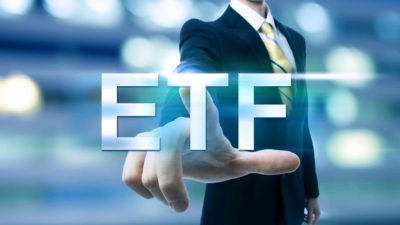The economic situation in 2023 has completely changed compared to 2021. Interest rates have soared over the last 12 months and are expected to keep rising over the next few months. Indeed, passive income strategies have been turned upside down.
While higher interest rates have hurt asset prices, they have also thrown up a number of interesting side effects such as much higher term deposit rates and lower share prices.
It's a good thing that savers are now able to achieve a stronger cash return. Some financial institution term deposits are now offering a rate of 4% or more on a one-year product.
However, while I like earning a stronger, safe return, I don't like how inaccessible the money is during the life of that term deposit, unless the saver gives up some, or all, of the interest.
For me, there are three other places I'm putting my money for passive income.
High-interest savings accounts
For starters, I'd rather put my 'safe money' in high-interest savings accounts (or HISAs). They are just as safe as a term deposit, they can offer extremely competitive interest rates (depending on the financial institution), and I can more easily access my money without losing a year's worth of interest.
Plus, it's easy to add more cash to the HISA and benefit from the extra interest.
I'm not expecting to become rich from a HISA, but it's now offering a good enough return to be worthwhile to hold some cash for passive income.
Fully-franked dividends
One of the best things about investing in Australian companies is that when they pay income tax, they generate franking credits.
These franking credits are then attached to dividends paid by companies to investors, a fine source of passive income.
Franking credits are refundable tax credits. For taxpayers in a high tax bracket, franking credits can reduce the tax owing on the dividend. For taxpayers in a lower (or no) tax bracket, franking credits can be refunded when the tax return is done.
In practical terms, as an example, it can turn a $70 cash dividend into a grossed-up payout of $100.
There are many ASX shares that pay fully franked dividends such as Telstra Group Ltd (ASX: TLS), Wesfarmers Ltd (ASX: WES), and Coles Group Ltd (ASX: COL).
Real estate investment trusts
We don't need to buy a property ourselves to get exposure to the passive income from commercial property in Australia.
There are businesses on the ASX called real estate investment trusts (REITs) that own a portfolio of properties. The great thing about these investments is that they own a portfolio of properties, not just one property in one location.
REITs can be invested in various properties such as office buildings, shopping centres, warehouses, farms, pubs, service stations, and so on.
At the moment, the only REIT in my portfolio is Rural Funds Group (ASX: RFF). But, there are plenty of other REITs out there such as Charter Hall Long WALE REIT (ASX: CLW), Centuria Industrial REIT (ASX: CIP), and Goodman Group (ASX: GMG).
I like the distributions that they pay from their net rental income.








